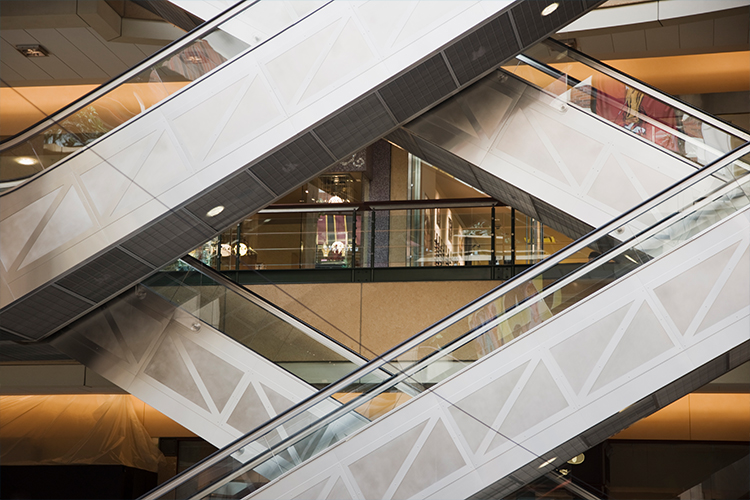While it may feel a little like the economic doldrums, there’s a glimmer of hope within the suburban retail market in Seattle. At face value, some retail market indicators might seem strong, including record low vacancy rates and overall rent growth. But retail demand has fallen off as leasing activity stagnated this year. Kidder Matthews’ Q3 Seattle Retail report noted the dichotomy between downtown and suburban markets, with the “former struggling to gain momentum from the decrease in office workers and overall foot traffic in urban core.”
While the overall office market suffered, the industrial sector showed some resilience, and the retail market is a head-scratcher. Retail sales experienced surged over its prior month and year over year, but it may be waning: The Consumer Conference Board Expectations Index at the end of Sept. reported this is reflective of consumer concerns about future business conditions, job availability, and incomes.
Vacancy rates – The direct vacancy rate was 2.9 percent in Q3, up by .1% from the previous quarter (2.8%) and .3% from last year (2.6 percent). Sometimes these low rates indicate a healthy market, but here it’s attributed to already-low vacancies.
Rental rates: up only slightly – Low vacancies across the region have affected the average asking lease rate to increase by 3 percent year-over-year and 1.8 percent quarter-over-quarter, reflecting a notably lower-than-average increase (contrast that to 5 percent per year 2020-2022 and 6 percent per year between 2015-2020). Rents are still projected to grow between 3-5 percent over the next few years as the economy and the commercial real estate market recover, as cited in Kidder Matthews’ Q3 Seattle Retail report.
Retail Construction – Seattle completed 132,000 square feet of retail in Q3, and more than 240,000 square feet of projects are currently under construction, including:
- 65,000-square-foot development at 19001 Cascadia Blvd. E in Bonney Lake
- Black Diamond Crossing – Phase 1 in East King County, totaling 43,000 square feet, scheduled for delivery in December 2023
- 130,000 square feet of mid-sized and smaller retail developments, plus pad sites underway
Net absorption, better in suburban areas – This figure measures the net change in physically occupied space between the current measurement period and the last measurement period (also factoring in vacancies and new construction). Our market totaled a year-to-date negative 493,448 square feet as of Q3. Snohomish County (-183,669 square feet YTD) and King County (-173,429 square feet YTD) saw the most negative activity. Thurston County posted positive net absorption the last two quarters that offset its negative Q1, totaling a YTD of -1,897 square feet. Market demand in urban cores is trailing behind suburban markets, and that’s in line with nationwide trends.
Seattle’s retail sector remains resilient, as illustrated by cautiously improving consumer confidence, a slowly rebounding economy, and employers’ return-to-office policies gaining traction. We are optimistic to see a future turnaround.
If you’re seeking quality commercial real estate investments throughout the Pacific Northwest, we’re here to help. Juniper Capital provides private real estate financing, including hard money loans for commercial, construction, multifamily residential opportunities and more. If you would like more information on this topic, call us today.



